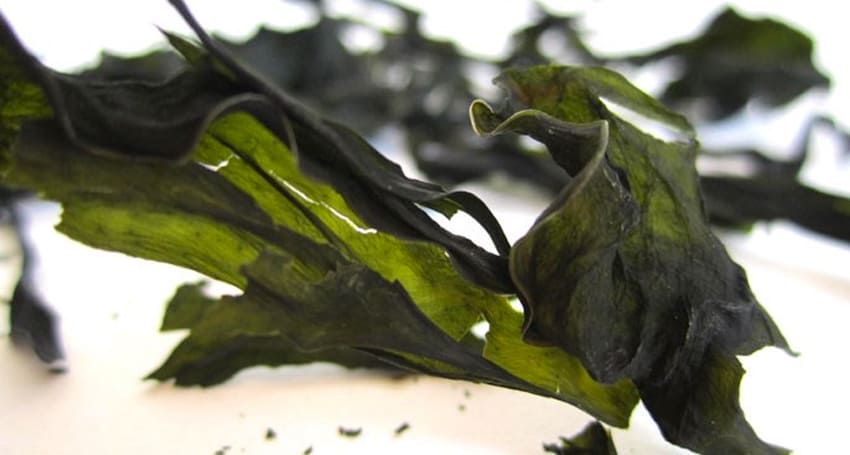
I absolutely love Japanese food. Those incredible Asian flavours are just way too hard to resist. It’s even better though when I can find a dish that’s delicious and good for my health.
Cue the entrance of kombu… This delicious, salty seaweed has been sneaking its way into more and more of my Japanese favourites. And while it may not be the prettiest member of the power food squad, when it comes to nutrition, kombu certainly packs a punch.
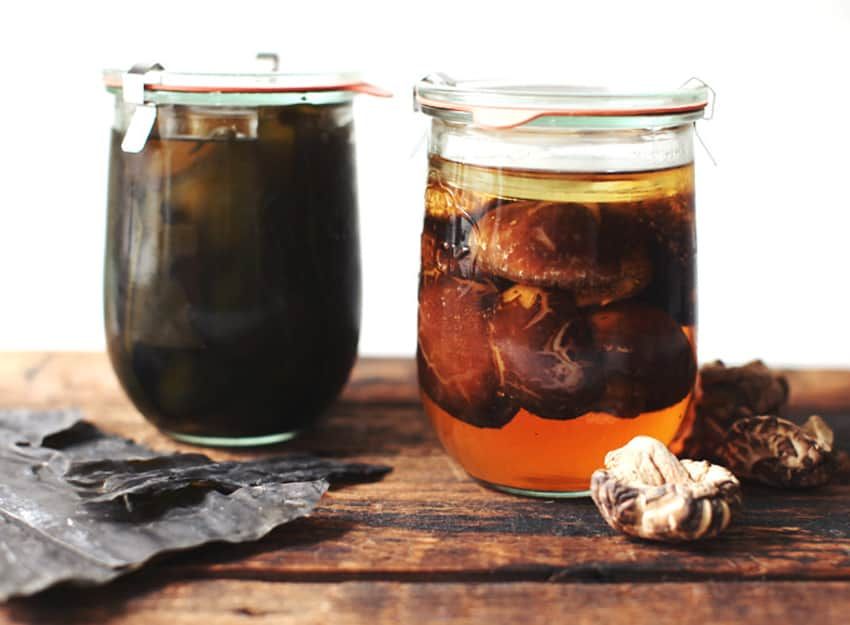
Seaweed has started to become pretty popular lately due to the fact that it’s so low in calories and rich in essential minerals. Kombu kelp, however, is in a league of it’s own. Unlike other seaweeds, kombu contains a natural ‘glutamic acid’, which helps to add natural flavour to dishes. This acid also helps to break down the tough fibres in some foods, making them much easier to digest. Say hello to a happy tummy!
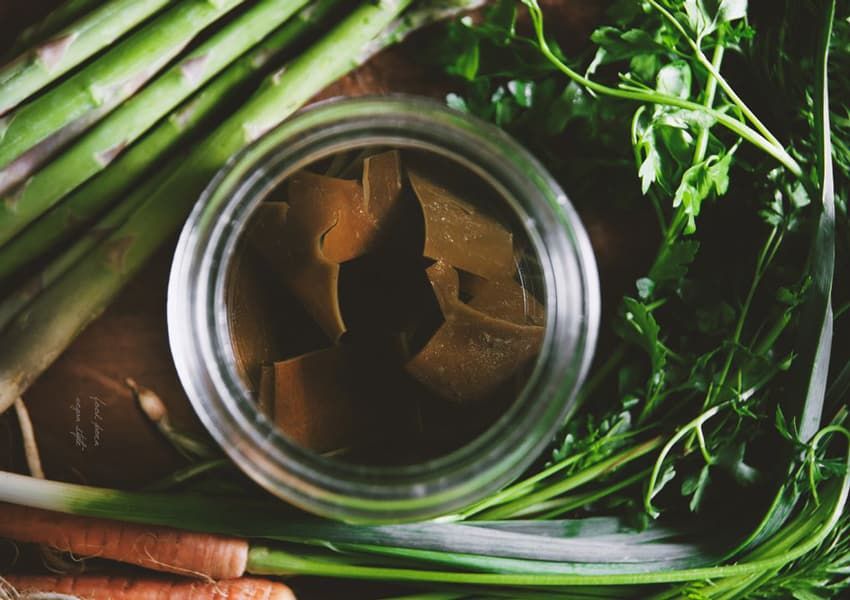
Aside from digestion, kombu has a whole range of powerful health benefits. It has the highest iodine content out of all the seaweeds consumed in Japan, which is essential for hormone production and normal thyroid function. On top of this, kombu is packed full of calcium and iron. That means strong bones, strong teeth, healthy blood and more energy. Hooray!
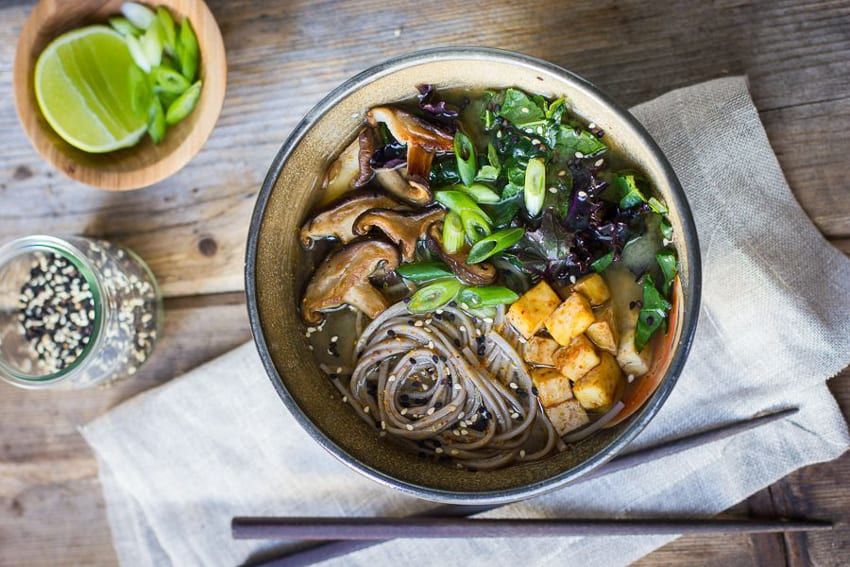
It’s official, Kombu is no stereotypical sea vegetable. Aside from its nutritional value, it’s different from other seaweeds in that it produces a Dashi. Dashi is this special stock that forms vital part of so many Japanese dishes. Without it, all your favourites – miso soup, soba soup, ramen, etc. – wouldn’t be nearly as tasty.
Unlike regular seaweed, you probably won’t find kombu at just any old supermarket. However, you can usually hunt it down in Asian grocery stores or online.
While I like eating kombu when I’m out, it’s even better when cooking with it yourself. That’s why we’ve picked out some delicious recipes for you to try…
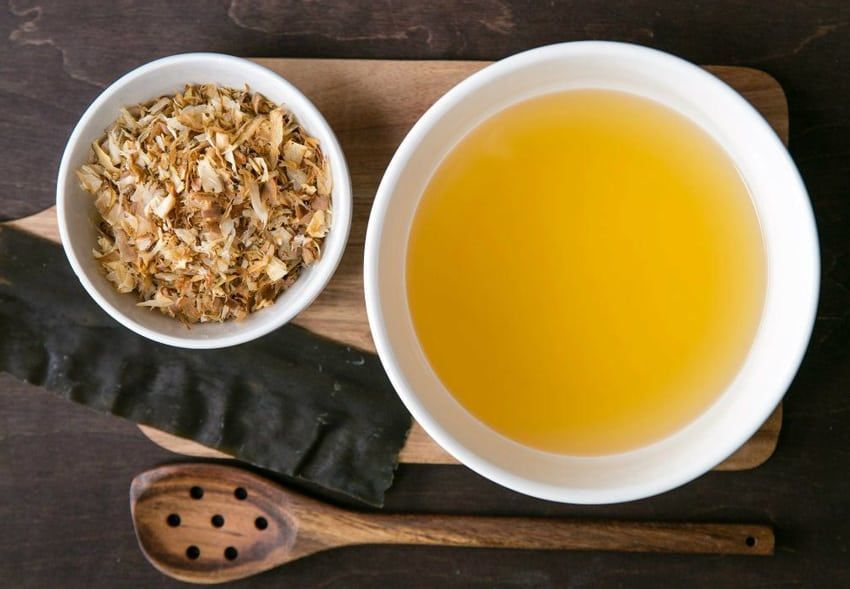
Kombu Dashi Stock
INGREDIENTS | METHOD |
|
|

Kombu Ramen
Serves 2
INGREDIENTS | METHOD |
|
|
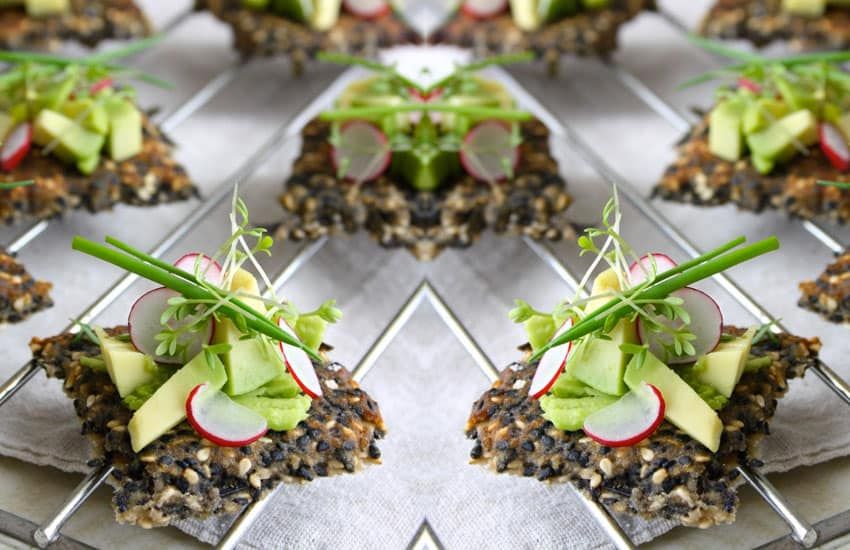
Kombu Crackers
Makes 15 crackers
INGREDIENTS | METHOD |
|
|


